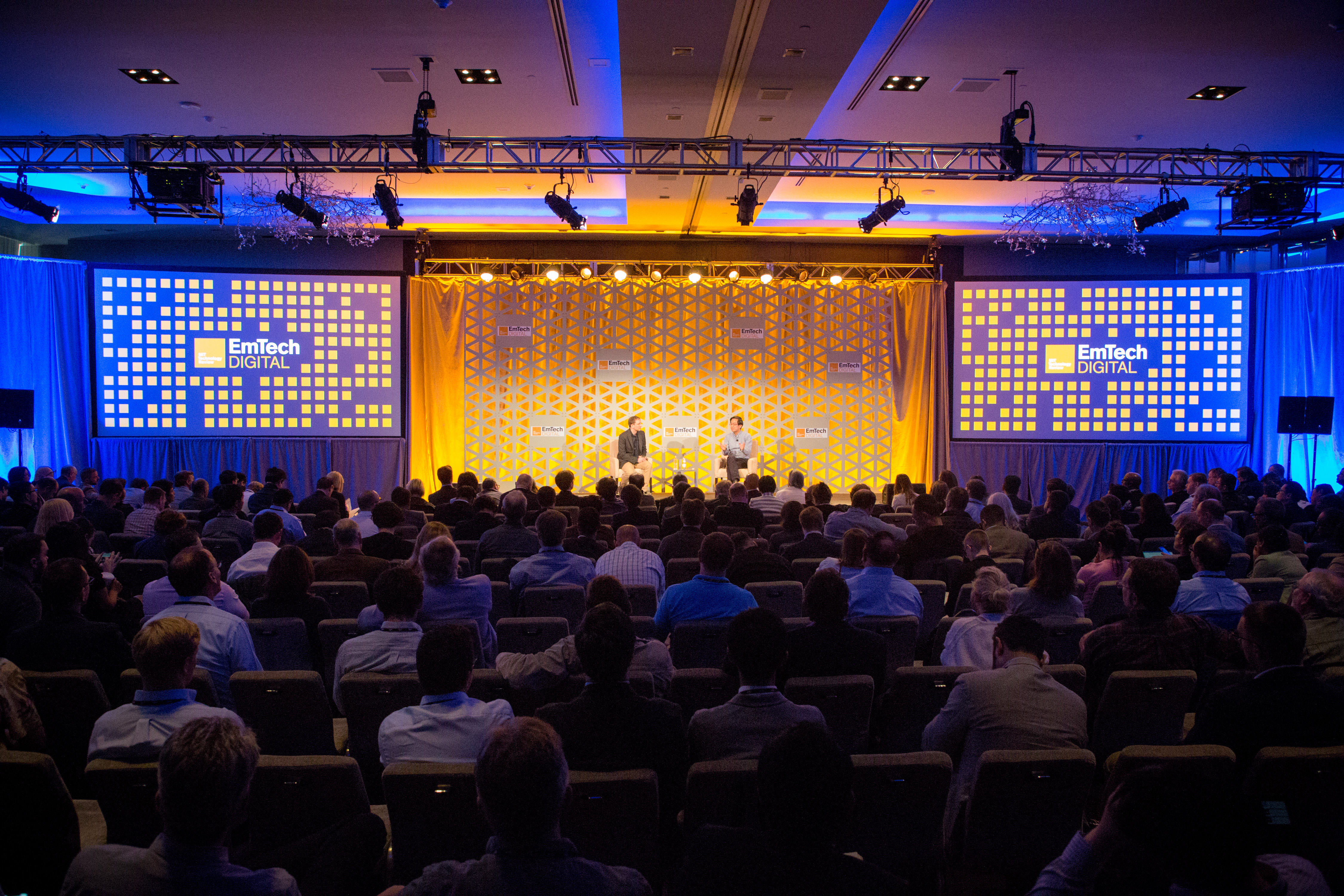China’s AI wizards want to entertain you, cure you, and dominate the world

The Chinese government has a massively ambitious plan to lead in the field of artificial intelligence by 2030. It’s investing billions of dollars in a technology park in Beijing dedicated to AI. It wants to shape the standards that will govern the field. And it’s fostering the development of impressive AI startups, which raised more money last year than American ones.
At MIT Technology Review’s annual EmTech Digital conference in San Francisco this week, several Chinese executives spoke about the advances their firms had made in AI.
What’s clear from the discussions is the impressive progress their companies have been making in a range of AI-powered technologies, from computer vision to speech recognition and natural-language processing.
Some of these firms have been growing at breakneck speed. ByteDance now has over 700 million monthly active users on its products, and some 120 million people open its hugely popular news app Toutiao every day. Such scale gives it a massive amount of data on which to train algorithms that create a personalized menu of articles, videos, and other content that it serves up to its customers. In particular, it has mastered the art of using AI to help people create and disseminate short videos, some 20 million of which are uploaded to its platform every day.
Wei-Ying Ma, the head of the company’s AI lab, talked about its Snapchat-like approach to enhancing photographs using AI and about its other offerings, such as a Quora-like Q&A discussion forum. The company also has ambitious plans to use AI to, for instance, create personalized commentaries for sports games. The AI would learn about a person’s favorite players and then use a combination of video from a game and information about players scraped from the web to generate tailored coverage.
“We believe that content creation is really the next frontier,” said Ma. Of course, the Chinese government watches closely what is published, so it’s no surprise that ByteDance has an army of human moderators to supplement the AI.
One of the reasons for AI’s rapid advance in China is the amount of research now under way there. SenseTime, which provides facial recognition technology for things such as image analysis and payments services, has a research team that includes 150 PhDs in artificial intelligence on its staff, and has published nearly 120 papers at the world’s top AI conferences since 2015—more than American giants like Facebook and Google.
Dahua Lin of SenseTime, who is also a professor at the Chinese University of Hong Kong, showed off technology that can deliver a frame-by-frame analysis of movies to, say, extract the most exciting moments to be delivered as highlights.
Shipeng Li, a technical advisor to iFlytek—one of the four tech firms, along with Baidu, Alibaba, and Tencent, designated as national leaders in various fields of AI—highlighted some of the advances that his company had made in fields like health care. iFlytek’s virtual doctor service has become the first to pass the country’s national medical exam, scoring in the top 5 percent of “students” when it took the test in 2015.
Li stressed that although China is making great strides domestically, he and many other technologists recognize the need for global collaboration on things like research and standards in AI. “Our goal is to use AI to create a better world, not just a better country,” he said.
Correction: The original version of this article said that the app Toutaio had over 700 million monthly active users. This was actually the number for all of Bytedance, its parent.
Deep Dive
Artificial intelligence
Large language models can do jaw-dropping things. But nobody knows exactly why.
And that's a problem. Figuring it out is one of the biggest scientific puzzles of our time and a crucial step towards controlling more powerful future models.
Google DeepMind’s new generative model makes Super Mario–like games from scratch
Genie learns how to control games by watching hours and hours of video. It could help train next-gen robots too.
What’s next for generative video
OpenAI's Sora has raised the bar for AI moviemaking. Here are four things to bear in mind as we wrap our heads around what's coming.
Stay connected
Get the latest updates from
MIT Technology Review
Discover special offers, top stories, upcoming events, and more.